 SYSTRA acquires Ardanuy Ingenieria to bolster Global Rail and Urban Transport expertise
SYSTRA acquires Ardanuy Ingenieria to bolster Global Rail and Urban Transport expertise Metro, Monorail and Pod Taxis: How MMRDA is Reinventing Mumbai’s Urban Transport?
Metro, Monorail and Pod Taxis: How MMRDA is Reinventing Mumbai’s Urban Transport?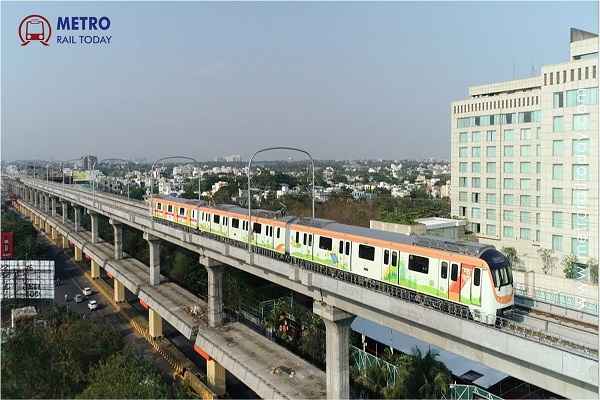 Maha Metro partners with IIT Kanpur to shield Nagpur and Pune Metro Systems from Cyber threats
Maha Metro partners with IIT Kanpur to shield Nagpur and Pune Metro Systems from Cyber threats R. Rajagopal appointed as Member (Traction & Rolling Stock), Railway Board, Ministry of Railways
R. Rajagopal appointed as Member (Traction & Rolling Stock), Railway Board, Ministry of Railways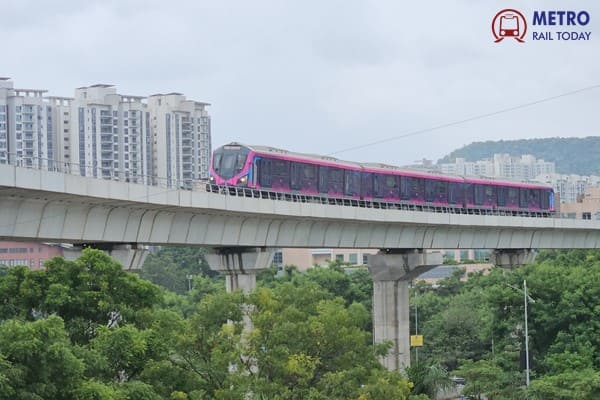 Maha Metro to appoint DPR Consultant for Pune's Shivajinagar-Kondhwa Metro Line
Maha Metro to appoint DPR Consultant for Pune's Shivajinagar-Kondhwa Metro Line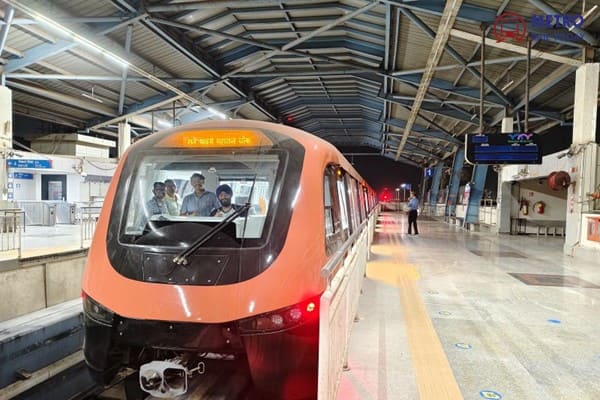 Mumbai Monorail suspension sparks Job Losses and Backlash despite system upgrade plans
Mumbai Monorail suspension sparks Job Losses and Backlash despite system upgrade plans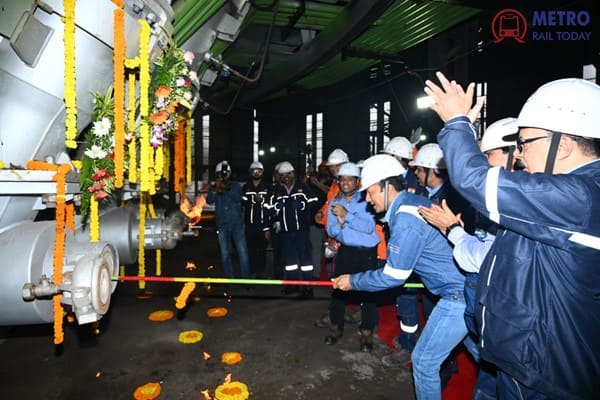 Jindal Steel Commissions One of India’s Largest Blast Furnaces in Odisha
Jindal Steel Commissions One of India’s Largest Blast Furnaces in Odisha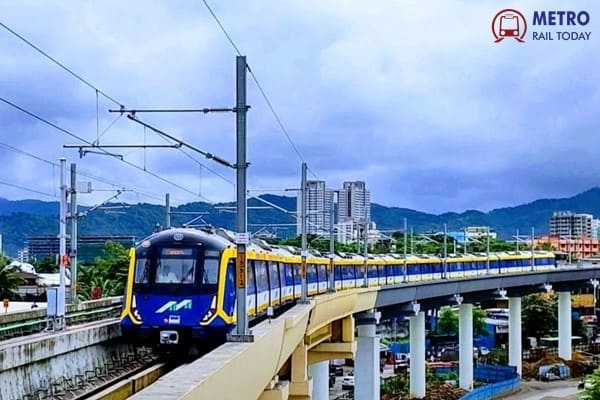 RDSO successfully conducts Brake and Speed trial tests on Mumbai Metro Line 9
RDSO successfully conducts Brake and Speed trial tests on Mumbai Metro Line 9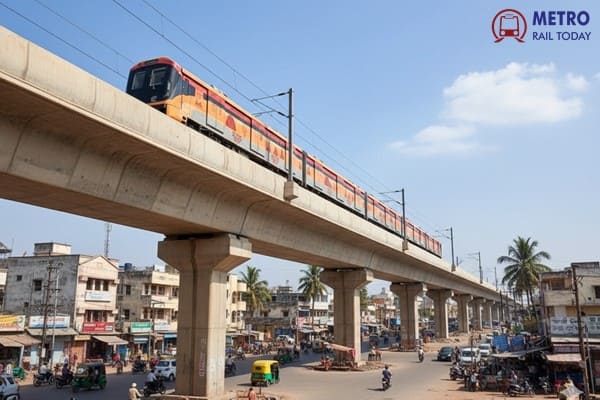 Patna Metro gears up for public launch, Final Trial Run scheduled for September 29
Patna Metro gears up for public launch, Final Trial Run scheduled for September 29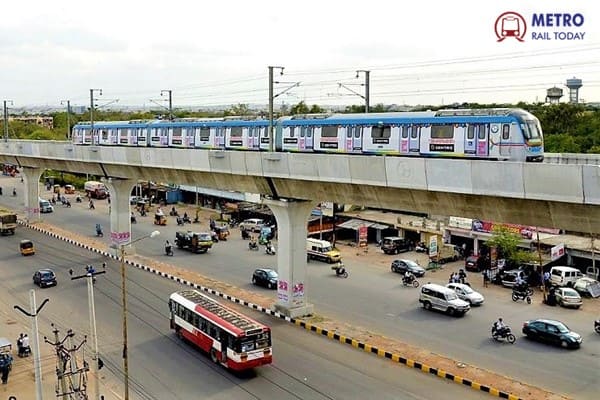 Telangana Govt takes over Hyderabad Metro Phase 1 as L&T exits project
Telangana Govt takes over Hyderabad Metro Phase 1 as L&T exits project
Delhi Metro to make its Pink Line fully Driverless by Year-End
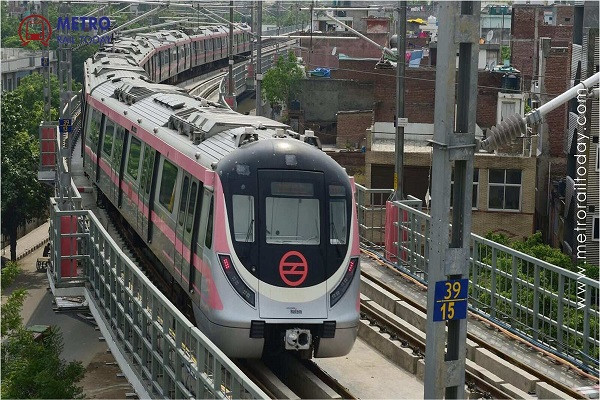
New Delhi, India (Metro Rail Today): In a major step towards full automation of its network, the Delhi Metro Rail Corporation (DMRC) has announced that the 59-km long Pink Line—one of the longest metro corridors in the capital—will become completely driverless within the next four months, likely by the end of 2025.
Once operational, the Pink Line will be the second fully automated metro corridor in Delhi, after the Magenta Line, further strengthening DMRC’s position as a global leader in urban transit automation.
Driverless operations, technically known as Unattended Train Operations (UTO) or Grade of Automation-4 (GoA-4), allow trains to run entirely without human intervention. All operational functions—train movement, stopping, door operations, speed control, and safety—are managed by a centralised system using sophisticated software, sensors, and fail-safe communication protocols.
“We are in the final stage of upgrading the Pink Line’s signaling systems to support driverless operations. This transition will mark a new milestone for the Delhi Metro’s technological capability,” said Dr. Vikas Kumar, Managing Director, DMRC. “Delhi Metro is committed to leveraging automation to deliver faster, safer, and more energy-efficient services.”
To enable this transition, the Pink Line—stretching from Majlis Park to Shiv Vihar—is undergoing a series of software integrations and hardware calibrations, particularly related to the Communication-Based Train Control (CBTC) system.
Several back-end systems, including platform screen doors at interchange stations and real-time monitoring dashboards at Operation Control Centres (OCC), are also being streamlined. Once UTO is activated, human drivers will no longer be needed in regular operations, though trained personnel will be available in emergency situations or during transition periods.
The shift to full automation isn’t just about removing drivers—it’s about improving safety, punctuality, and operational efficiency. Driverless trains can run at tighter intervals, respond to track conditions more accurately, and significantly reduce the potential for human error. Automated systems also allow faster recovery from disruptions.
With Delhi’s metro ridership rebounding post-pandemic and crossing over 65 lakh daily passengers, the move towards automation helps ensure smoother peak-hour movement and reduced operational costs in the long term.
“The future of urban mobility lies in smart, automated systems that reduce human dependency while enhancing reliability. Delhi Metro’s initiative is aligned with global standards followed in cities like Paris, Singapore, and Dubai,” commented Mrs. Mamta Shah, a transport policy expert and MD & CEO at Urban Infra Group.
DMRC’s broader vision includes converting more corridors to driverless mode in phases. Currently, the Magenta Line (Janakpuri West–Botanical Garden) is fully driverless since December 2020. With the Pink Line addition, Delhi Metro will have over 96 km of automated corridors, making it one of the largest driverless metro networks in Asia outside China.
In the long term, DMRC plans to introduce driverless operations on upcoming Phase IV lines, which are being designed with automation readiness from the outset.
The rollout process involves intensive safety trials, test runs in unmanned mode, and rigorous certification by independent safety assessors (ISA). Only after receiving clearance from the Commissioner of Metro Rail Safety (CMRS) will the line be officially transitioned to GoA-4 mode.




